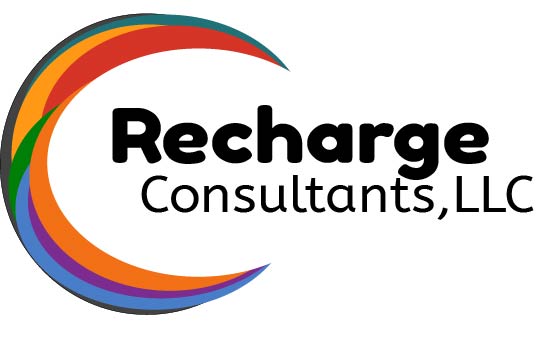Are your employees leaving within their first year?
One glaring factor could be your onboarding efforts. The lack of appropriate training from the offset leaves stressed out employees feeling unequipped to do their jobs well. When employees don’t feel supported, they will determine that they simply made a mistake in choosing to work with you.
Onboarding Mistake #1
Huge information dumping without adequate methods to follow up upon how to apply these instructions is a mistake many make. It is highly unlikely that they understood every requirement. Thus it is impractical to expect new hires to complete each task correctly the first time they encounter it.
Does your training process include more than an performance improvement plan during the first year of hire? Develop a training policy that schedules periodic micro-training. Make it based upon the length of time on-the-job and when the likely situation will occur.
Onboarding Mistake #2
Your employee training should not be a series of multiple page documents or PDFs followed by quizzes. Many will only retain the data long enough to take the quiz (as they did in school). They’ll anxiously rush through it simply to finish the new hire process so they can start their job. A quiz isn’t adequate to determine application either.
New hires typically make a mistake when faced with an specific unique to your business issue. The issue could be that you typically hire from a specific pool of candidates. These new hires are trained to handle this situation in a specific way. But that isn’t how they need to handle this in your business. Your employees are required to do something different entirely.
How clear is this “change” in your training?
For example, in a healthcare setting most new hires are trained in a specific role. This role is typically the same universally. However, for your healthcare environment, there are notable changes.
More specifically, your specialized healthcare facility has hired a new physical therapy assistant (PTA). Your typical PTA comes from a skilled nursing home background. In that environment, the PTA is allowed to charge time against patient education. That isn’t allowable in your environment. Instead, the time is charged against patient documentation.
Make your onboarding training materials smart. Draw particular attention to where there are distinctive changes in your initial training. Follow up when the employee is on the job with a checklist for quick reference or other training tools to help with the application of specific job requirements.

